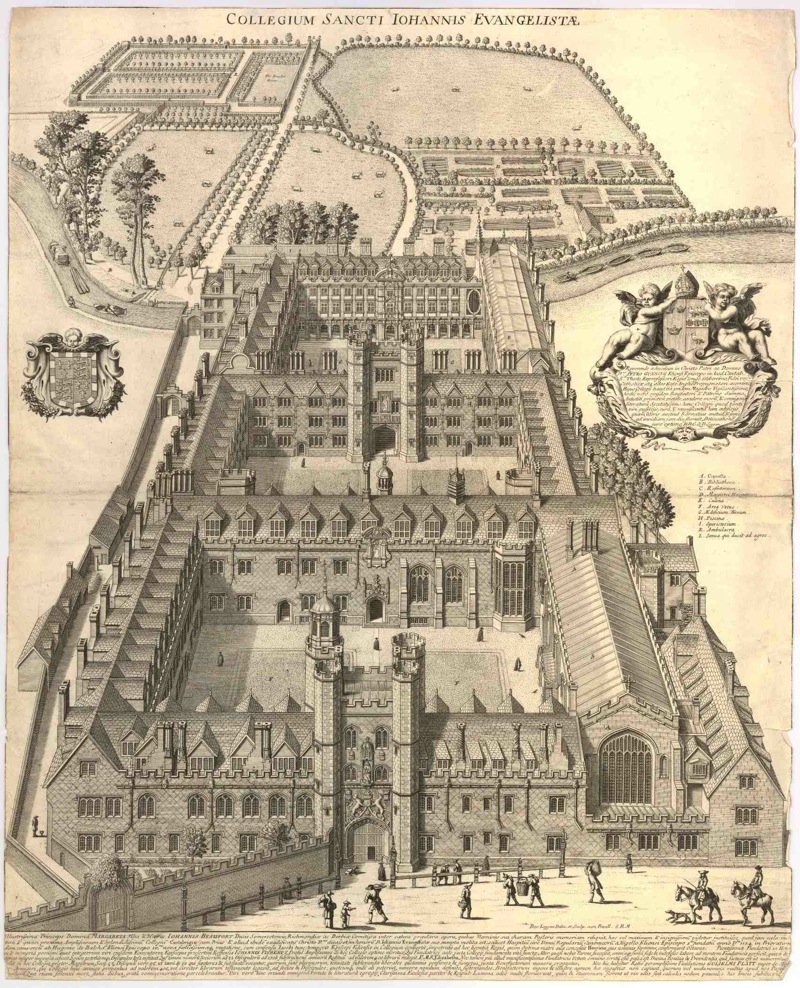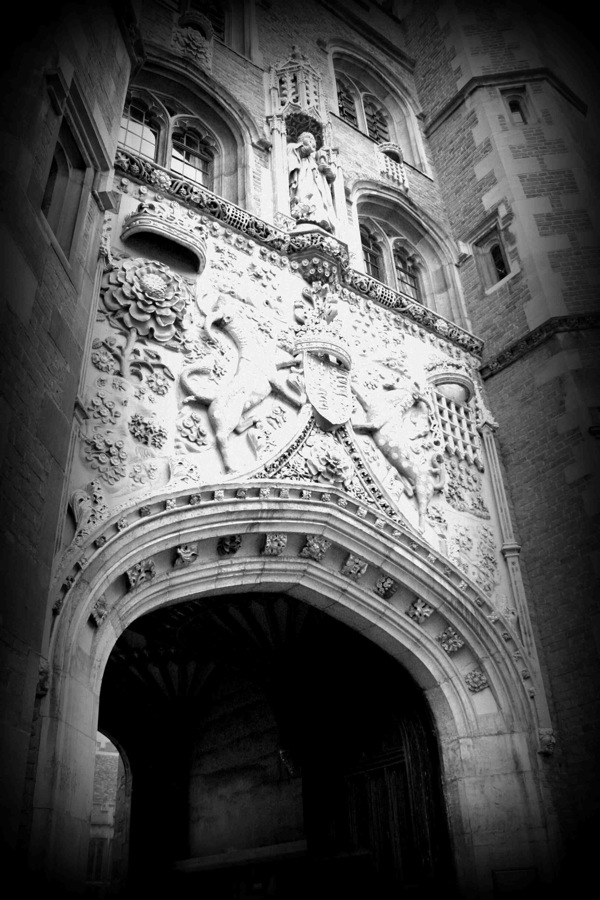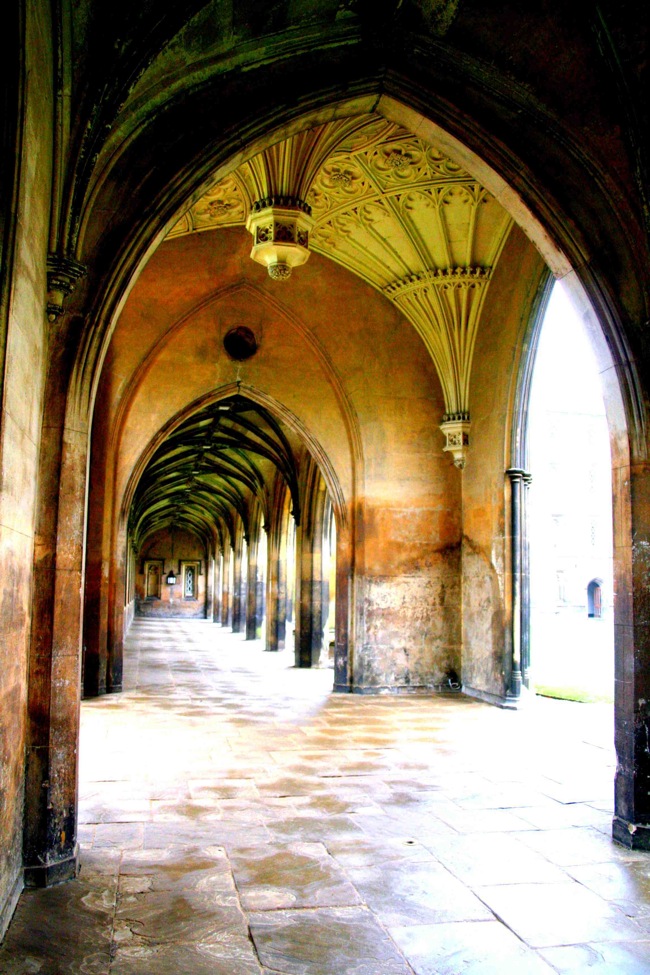Cambridgeshire, England (Wikipedia)
Under the tutelage of Henry Paman, a professor of ‘physick’ at Gresham College and at St John’s, Lister studied medicine and the relatively new discipline of natural history. According to Gascoigne, St John’s produced more medical graduates than any other Cambridge College from the period 1660–1760 and was an active ‘catalyst for work in natural history’, so it is likely it was here that Lister fostered his twin interests in medicine and field biology. 1
In 1655, Lister entered the college as a pensioner at the age of sixteen, having attended grammar school in Melton Mowbray. Melton School seems to have had a special link with St John’s, many of its graduates attending university there. As an undergraduate at St John’s, Martin would have received a general education in the liberal arts, attending lectures in classics, ethics, logic, metaphysics, divinity, mathematics, philosophy, and astronomy.
In doing so, he received a ‘generous Education in all kinds of Learning, for improving the Mind and Understanding, and enabling of it to exercise such a piercing Judgment and large Comprehension of so subtile and numerous natures and things whereof is requisite to the Art of Physick’. 2 There was little or no formal instruction in medicine, and even as late as 1702, the University calendar noted that ‘A student of medicine in this University is not required to attend any lectures but is left to acquire his knowledge from such sources as his discretion may point out’. 3 As his interests in ‘physick’ grew, Martin may have sought advice or informal instruction from Francis Glisson, who held the Cambridge Regius Professorship from 1636–77, and who was one of the rare exceptions to the mediocrities who taught the medical course. Lister may also have received medical education informally from his tutor Henry Paman, the renowned physician.
In 1660, as a reward for the loyalty Lister’s great uncle Sir Matthew Lister showed to the Stuarts (Matthew was a royal physician), Martin Lister received a fellowship by royal mandate at St John’s. Despite the fact that other candidates who had been ejected previously by Parliament in 1644–45 and 1650–51 were waiting to be restored to their fellowships, Lister’s appointment was made immediately ‘to the first voyd place’.
Although Lister’s correspondence shows he was a popular fellow at St John’s, Cambridge demanded a total of approximately ‘fourteen years of study from the time a young man matriculated, seven in the arts course, and seven in medicine’. 4
Many candidates realized it was cheaper and more efficient to travel to Europe where medical training and the degree could be obtained more quickly, usually with a comparable or even superior medical faculty. Lister was no exception, and so he decided to pursue medical studies in Montpellier, where he could attend a Protestant academy and sit in on lectures at its renowned medical school. Lister also suffered from asthma, and the dry air of southern France would greatly improve his health.
Gallery

Back to top
- John Gascoigne, Cambridge in the Age of Enlightenment: Science, Religion, and Politics from the Restoration to the French Revolution (Cambridge, 2002), 61-62. ↩
- Jonathan Goddard, A Discourse Setting Forth the Unhappy Condition of the Practice of Physick in London (London, 1670), 12. ↩
- Denys Arthur Winstanley, Unreformed Cambridge: A Study of the University in the Eighteenth Century (Cambridge, 1935), 61. ↩
- James L. Axtell, ‘Education and Status in Stuart England: The London Physician’, History of Education Quarterly, 10, 2 (Summer, 1970), 141-159, on 144. ↩



